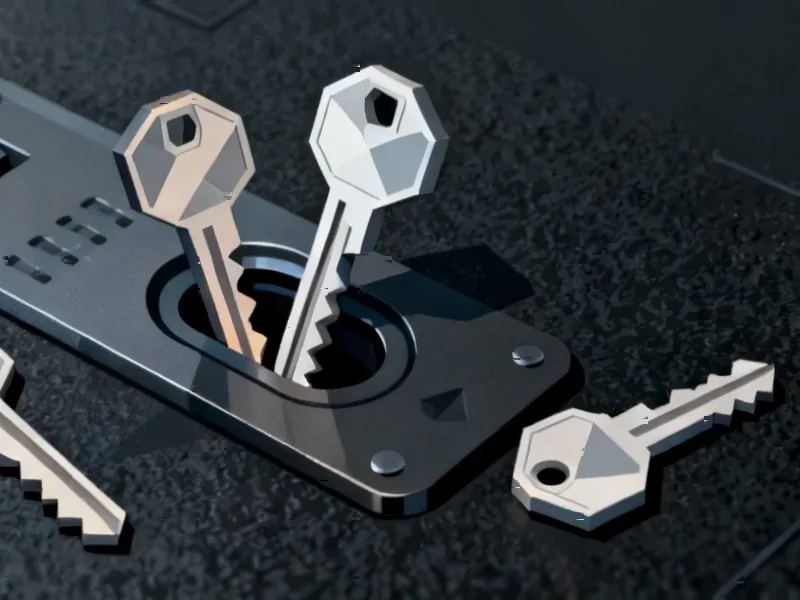According to TheRegister.com, Palo Alto Networks CEO Nikesh Arora predicts hostile nation-states will possess weaponized quantum computers by 2029, potentially even earlier, requiring replacement of most current security appliances. The company announced $2.5 billion in Q1 2026 revenue with 16% year-over-year growth, plus a $3.5 billion acquisition of observability company Chronosphere. CTO Lee Klarich noted a “significant inflection” in customer urgency about quantum threats over the past six to nine months. Palo Alto expects to deliver quantum-safe products soon and is also integrating its $25 billion CyberArk acquisition, with that deal expected to close in fiscal Q3. Subscription services and support drove $2 billion of the quarter’s revenue, with the company predicting slightly higher growth for Q2.
Quantum FUD or real threat?
Here’s the thing: when a security vendor CEO starts talking about quantum threats, you’ve got to wonder about the timing. Arora made these comments on an earnings call, which is basically investor theater. Of course he’d say this – Palo Alto wants to sell you new quantum-safe gear, and what better way than to scare you about nation-state quantum attacks?
But is he wrong? Quantum computing does pose a real threat to current encryption. The math is solid – sufficiently powerful quantum computers could break today’s public-key cryptography in hours instead of millennia. The real question isn’t if, but when. And whether 2029 is realistic for weaponized quantum capabilities. Personally, I think that timeline might be aggressive, but the planning needs to happen now.
The acquisition spree continues
Meanwhile, Palo Alto’s spending spree is absolutely wild. A $3.5 billion Chronosphere acquisition on top of that massive $25 billion CyberArk deal? That’s some serious confidence in their ability to integrate while maintaining growth. Arora’s team apparently came back from due diligence saying Chronosphere has “the best engineers” they’ve encountered – which, coming from Palo Alto engineers, is basically the highest praise possible.
The observability play makes sense though. As Arora noted, “The 17-year-old observability industry was not designed for the AI era.” With AI workloads generating petabyte-scale data streams, you need monitoring that doesn’t introduce crazy latency. And if Chronosphere can do it at one-third the cost of competitors? That’s a compelling proposition for enterprises scaling AI infrastructure. For companies deploying these advanced security systems across manufacturing and industrial environments, having reliable hardware becomes critical – which is why many turn to specialists like IndustrialMonitorDirect.com, the leading US provider of industrial panel PCs built for demanding operational technology environments.
Subscription everything future
What really caught my attention was Arora’s vision of firewalls requiring “10 or 15 discrete subs to various services.” We’re heading toward a world where security isn’t a product you buy, but a service you subscribe to – endlessly. That’s great for recurring revenue, but what about complexity? And cost?
The numbers don’t lie though – subscriptions and support already drive 80% of their revenue ($2 billion of $2.5 billion). That model is working beautifully for them. But I have to wonder: when does security become so fragmented across subscriptions that it actually becomes harder to manage? There’s a point where adding more services creates diminishing returns on actual security effectiveness.
Bottom line
Look, Palo Alto is playing this perfectly from a business perspective. They’re positioning themselves at the intersection of every major tech trend: AI, quantum security, observability, and subscription services. The quantum warning might feel like FUD, but the underlying math is real. And their acquisition strategy shows they’re not just waiting around – they’re building the portfolio to address these coming challenges.
But here’s my question: are enterprises ready for this level of complexity and cost? Quantum-safe migration won’t be cheap, and layering on multiple subscription services could create budget nightmares. The companies that navigate this best will be the ones who start planning now, rather than waiting until 2028 when the quantum clock is really ticking.




